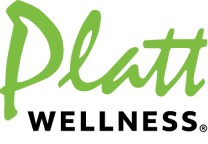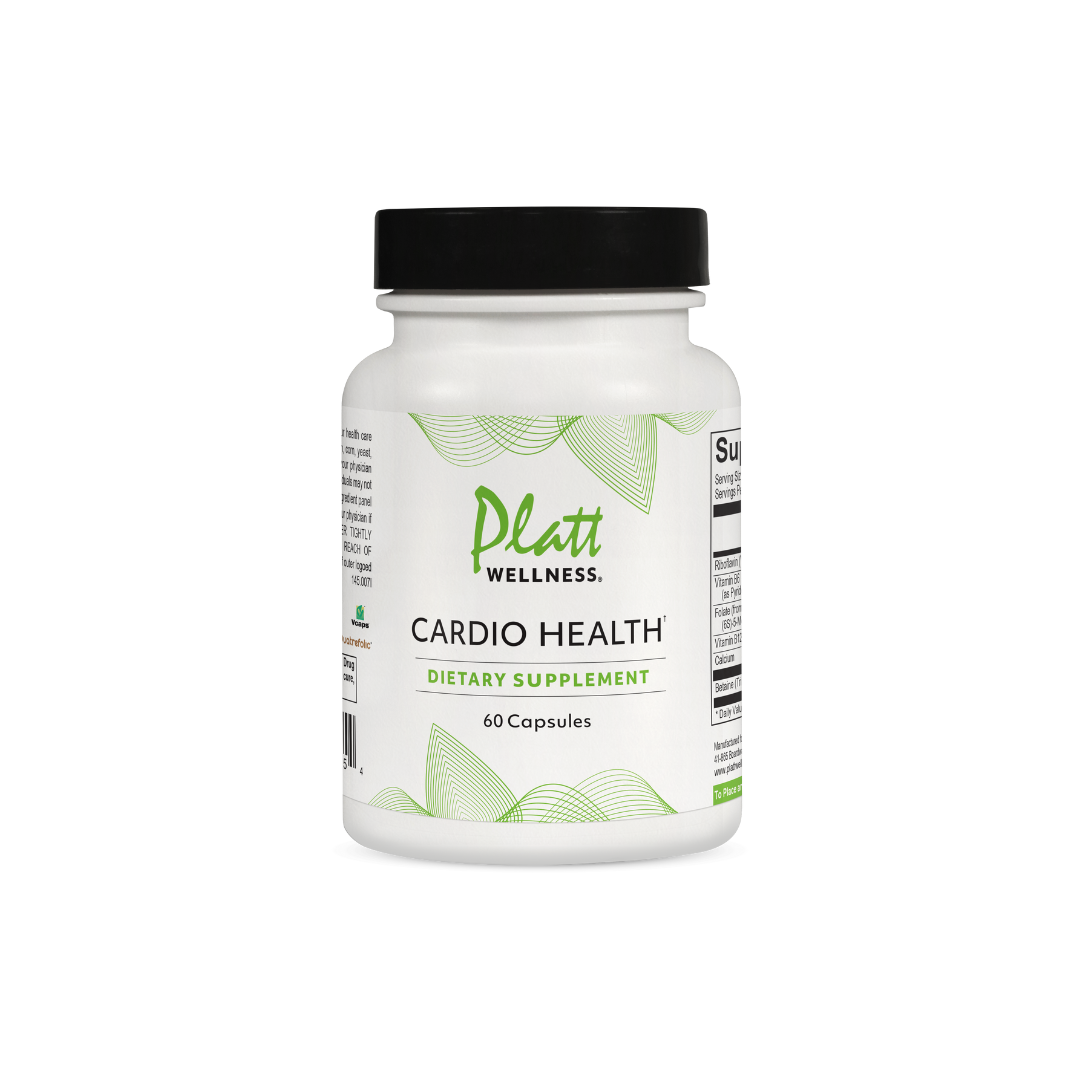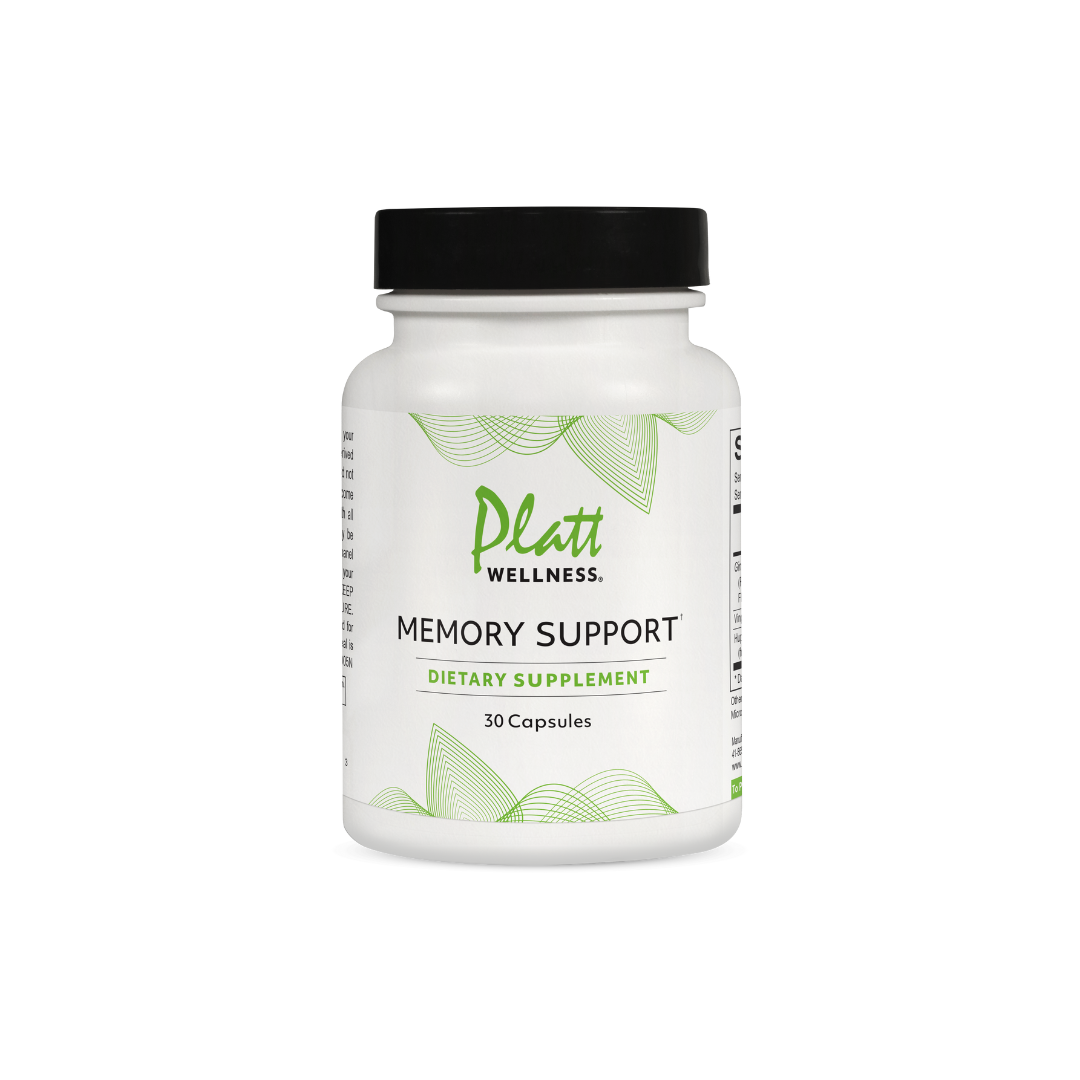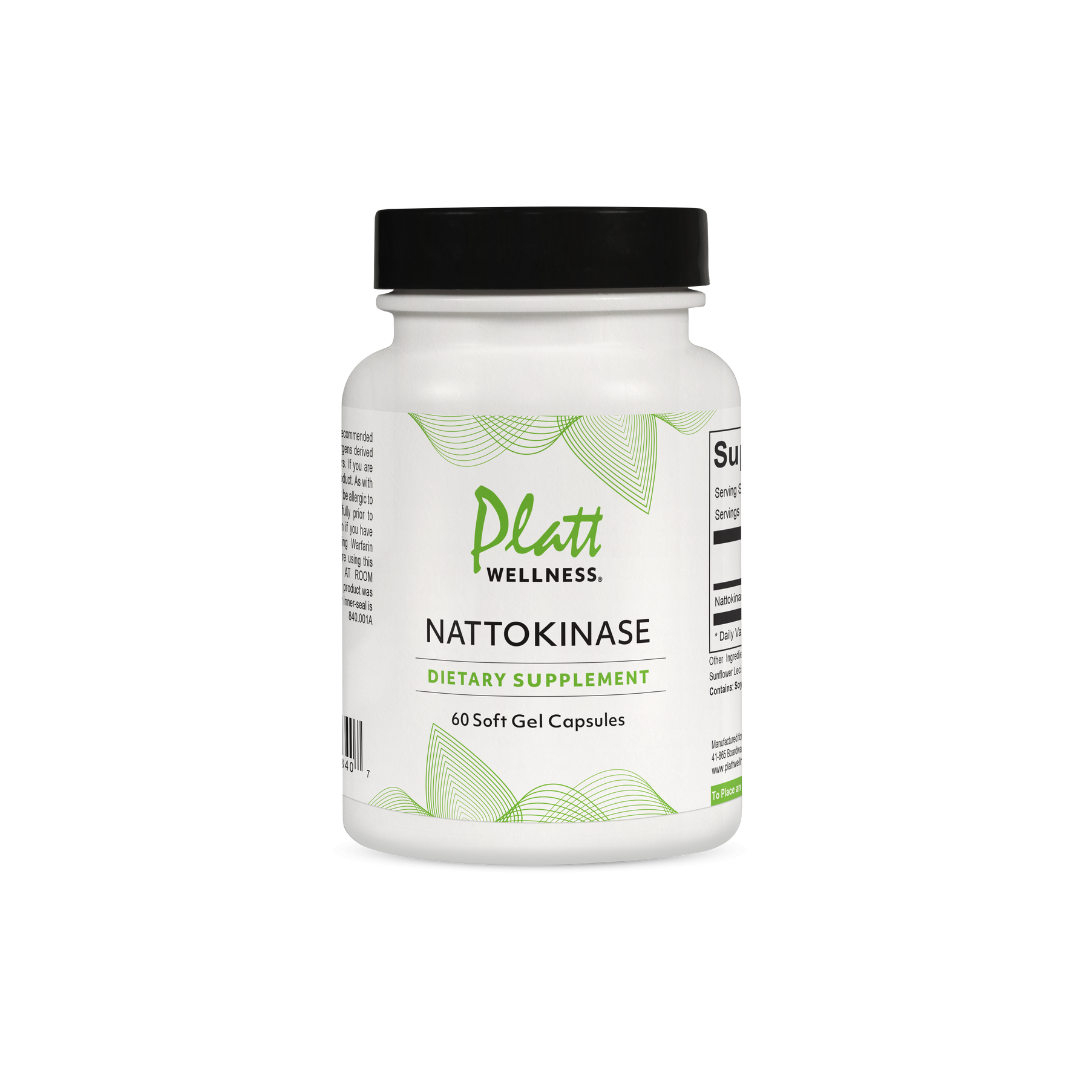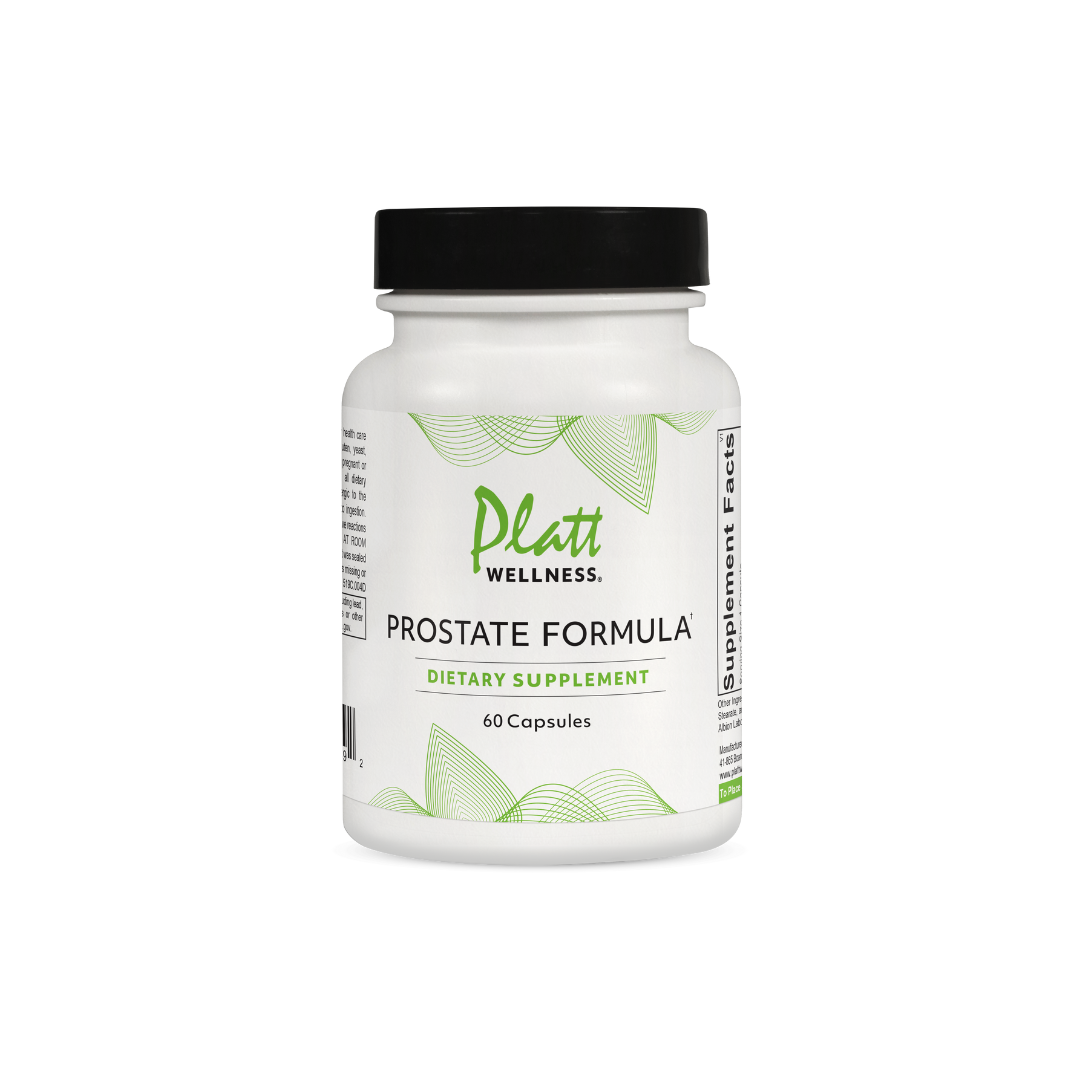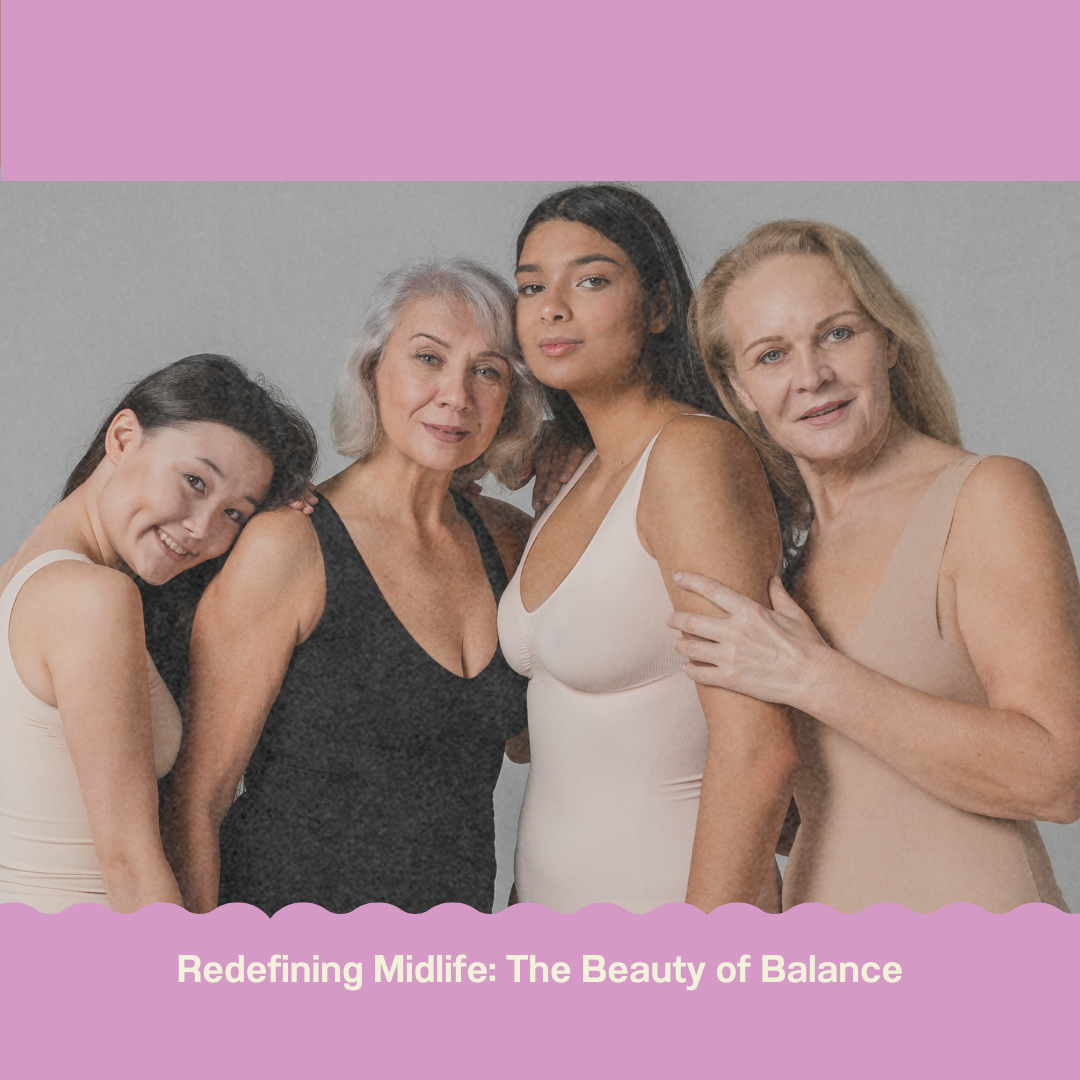Whether you are perimenopausal, menopause or are trying to get pregnant, it can be an exasperating experience in trying to find the right dosage and applications. This is why I wrote my book “The Miracle of Bio-Identical Hormones” which gives you an overview, testimonials from actual patients and a guide to help educate on the importance of hormones for women.
The replacement of natural hormones is not an exact science. It requires a team approach among the patient, the doctor, and the compounding pharmacist.
Over time, dosages may have to be adjusted, based not so much on lab tests as on symptoms. For one thing, hormone levels can vary through the course of the day. For another, every person’s hormone pattern is unique; there is no one- size-fits-all dosage. However, there are certain truisms. For instance, it’s fair to generalize that in postmenopausal women, the estrogen level is lower but estrogen is still being produced, testosterone levels are much lower, DHEA levels are at least 40 to 50 percent lower, and progesterone levels are virtually non-existent.
The dosages and protocols that I recommend in this book are based on feedback from and experience with the thousands of men and women I have treated. If you feel that a certain approach might be appropriate for yourself, make notes and discuss it with your doctor. If he or she feels comfortable with the suggestions, a prescription may be obtained, to be filled by a compounding pharmacy. These are regular pharmacies that also have pharmacists specially trained in compounding various pharmaceuticals, including natural bio-identical hormones.
If your doctor is reluctant to deal with natural hormones, I suggest contacting a compounding pharmacy and asking them to recommend a physician who is amenable to natural bio-identical hormone replacement therapy.
In addition, my personal preference for testing hormones is testing blood levels. I try to avoid saliva testing because people with excess adrenaline will have blood flow cutoff to the salivary glands which will have a profound effect on hormone levels in the saliva. This is how the misdiagnosis of adrenal fatigue has come into being.
PROGESTERONE
Progesterone is the number one hormone that has to be replaced in most women as they approach and go through menopause. Doctors frequently say that if a woman doesn’t have a uterus, she doesn’t need progesterone. This is not correct. As we have seen, progesterone is an essential hormone for protection against cancer and for addressing a wide spectrum of medical conditions. The level of progesterone drops as a person ages. Replacing it as part of an HRT regimen can be a keystone to good health. It is applied as a transdermal cream that is absorbed through the skin fairly rapidly. Giving hormones as a cream allows them to bypass the liver initially.
The problem with any oral form of bio-identical progesterone, as recommended in Suzanne Somers’ books, The Sexy Years and Ageless, is that it goes directly to the liver and gets converted to another hormone called allopregnaneolone. The same thing happens with the oral progesterone called Prometrium. This too is bio-identical, but it converts to a different hormone.
Progesterone cream has to be applied to areas where the skin is thin so it is absorbed into the bloodstream, not into fatty tissue. The best place is the inside (not the outside) of the wrist area and lower forearm. Another site could be the upper chest (but not the breast). It should never be applied to the abdomen or inner thighs.
The prescription should read: “Progesterone 5% (50 mg/1⁄4 tsp.) Apply 1⁄4 tsp BID [twice a day].” I recommend using it twice a day, every day, morning and evening.
Some women experience tenderness of the nipples when they first start progesterone, since there are many progesterone receptor sites around the nipples. If this occurs, lower the dosage to 1⁄8 tsp, and later increase to a 1⁄4 tsp dose as the tenderness diminishes.
Some women experience menstrual bleeding after starting progesterone. Progesterone does not cause bleeding, but it does “heal” the uterus, that is, it prepares the uterus for menstrual periods or for pregnancy. The only hormone that causes menstrual bleeding is estrogen, and if estrogen levels are high enough when a woman starts progesterone, bleeding may occur. But this too will pass after one or two months.
THE TREATMENT OF ESTROGEN DOMINANCE
Prior to menopause, all symptoms related to an overproduction of estrogen, which include menstrual cramps, breast tenderness, PMS, migraine headaches, mood swings, and asthma, can be eliminated using natural progesterone. The dosage in this case is the same as for menopause: 50 mg / 1⁄4 tsp twice a day. For those patients who feel more comfortable mimicking how the body naturally produces hormones, they can skip the progesterone cream the first seven to ten days after their cycle starts. In fact, this may be necessary for those women wishing to get pregnant.
FERTILITY
One of the areas, I believe, where modern medicine’s tragic lack of hormonal knowledge is demonstrated is in the field of fertility. Please note the following:
- The number one reason why women fail to get pregnant or have trouble getting pregnant is a low progesterone level.
- The number one reason why women have miscarriages is a low progesterone level.
- The only reason women experience nausea when they are pregnant is a low progesterone level (the nausea is actually caused by estrogen).
- A frequent cause of premature birth is a low progesterone level.
- The only cause of postpartum depression, also known as the “baby blues,” is a drop in progesterone levels.
For women who want to be proactive about their problems with fertility, conception and maintaining their pregnancies, natural progesterone is often the answer. For those who wish to avoid the expense and pain of in vitro fertilization, why not try natural progesterone?
The uterus requires progesterone for the fertilized egg to implant. It requires progesterone to sustain the pregnancy. Cramps, PMS, and breast tenderness with the monthly cycle— all are classic symptoms indicative of low progesterone levels. Taking natural progesterone not only eliminates these symptoms but it “heals” the uterus, which allows pregnancy to occur.
In cases where conception is desired, I recommend the same dosage of progesterone:
50 mg/1⁄4tsp four times a day, applied topically to the inner forearm. Using this daily for two months gives the uterus a chance to fully “heal” and be well prepared for a pregnancy. At the onset of the third cycle, the progesterone can be stopped for ten days and then restarted. If the woman becomes pregnant, she should continue with the same dose of progesterone (to support the pregnancy) as soon as she knows conception has occurred. It should be used frequently enough to prevent nausea. Around the fourth or fifth month, the placenta starts pouring out progesterone, so the woman can discontinue the cream, but it may be wise to continue it through the whole pregnancy.
Every person’s hormone pattern is unique; there is no one-size-fits-all dosage. In my view, using high doses of progesterone after becoming pregnant offers three exceptional benefits:
- No feelings of nausea
- Prevention of miscarriage, and
- A highly intelligent, very happy baby.
Progesterone is particularly important for brain function development. In this regard, it is my feeling that premature infants might also benefit from progesterone, since they are prematurely deprived of the normally high levels of progesterone put out by the placenta in the final weeks of pregnancy.
PERI/POSTMENOPAUSAL REPLACEMENT OF ESTROGEN
My approach to hormone replacement for women is admittedly different from most others. My mother died of breast cancer and had been on estrogen therapy, so I have reason to doubt the rationale for estrogen replacement. However, my recommendations are based soundly on medical logic, somewhat on intuition, and a lot on personal experience with thousands of patients. In the remainder of the chapter I discuss various aspects of hormone replacement for women and explain my approach to each one.
EARLY TESTING FOR HORMONE LEVELS
Testing hormone levels and starting a woman on bio-identical hormones while she is in perimenopause helps ease her transition into menopause, a time when her body’s chemistry is shifting. If a woman is still having periods, the ideal time to do a panel is about seven days prior to the onset of her cycle. If her menopausal symptoms are mild, I will have her start using a progesterone cream, possibly testosterone cream, and possibly DHEA.
My preferred approach is to try to eliminate symptoms like hot flashes or night sweats without using estrogen. (As we saw earlier, a reduction in estrogen as well as other hormones triggers the pituitary to release luteinizing hormone, which seems to be the cause of hot flashes.)
BiEst Cream
If symptoms are severe, however, I will add BiEst cream (a combination of 20% estradiol and 80% estriol) at a dosage of 1.25 mg/1⁄4 tsp. This can be applied to the skin once or twice a day. As soon as the symptoms abate, I recommend gradually decreasing the dosage. The eventual aim is to stop the hormone if possible. Remember, that in my approach the woman is also using progesterone cream, which protects her against the negative effects of estradiol.
Women never stop making estrogen. It continues to be manufactured by their fat cells, skin cells, and the adrenal glands even after menopause. The majority of women I have treated have not required it. However, there are women who feel better with the replacement of estrogen.
For women who do not have a major problem with hot flashes but do have vaginal dryness, I also recommend estriol cream, 2.5 mg/1⁄4 tsp, along with a vaginal applicator. This is applied intra-vaginally on a daily basis until the dryness is gone, then it is used perhaps once a week or once every other week, depending on dryness.
FOR WOMEN ON ESTROGEN
As far as I can decipher, the primary clinical necessity for a high level of estrogen is to allow a woman to get pregnant. High estrogen levels offer no other benefits to the human body that I am aware of.
When a woman takes high levels of replacement estrogen, especially for a number of years, the pituitary is tricked into thinking she is still trying to get pregnant. Stopping estrogen at this point often results in severe hot flashes and night sweats. Very often, coming off Premarin is like detoxing from heroin. In these cases my approach is to maintain estrogen usage but change to a natural bio-identical estrogen in the form of BiEst cream 1.25 mg/1⁄4 tsp, used twice a day to start, then gradually trying to wean off of it.
The BiEst cream, of course, is taken in conjunction with the natural bio-identical formulations of other hormones that might be needed, such as progesterone, DHEA, and testosterone.
Let me repeat: Women never stop making estrogen— though admittedly, they do not continue making high enough levels to become pregnant. If getting pregnant is a woman’s goal even though she is menopausal, then she should follow the advice of Suzanne Somers’ physician and take high levels of estrogen. Of course, since there are no eggs left, getting pregnant might be tough.
It has been my observation that women who are thin are more likely to benefit from or require estrogen replacement, because they have fewer fat cells to produce it. Women who are overweight are generally loath to take it because, in most cases, giving them any type of estrogen, whether synthetic or bio-identical, creates fat and prevents them from losing weight.
THE SECOND MOST IMPORTANT HORMONE
As we have seen, progesterone, in my view, is the most important hormone in a hormone replacement regimen during and after menopause. Testosterone is the second most important hormone. As with estrogen, women continue to make testosterone as they age, but at reduced levels. The level of free testosterone (the biologically active form of testosterone) in a menopausal woman is usually around 1.6. pg/nl This compares to a level of 6.4 pg/nl during the teenage years.
The benefits of testosterone are manifold. This is the number one hormone needed by the bones for the prevention and treatment of osteoporosis. It is also the number one hormone for heart health. As I mentioned earlier, there are more testosterone receptor sites in heart muscle than anywhere else in the body. Some 250,000 deaths are attributed to congestive heart failure (weakening of the heart muscle) every year.
How many might be avoided with testosterone?
In addition, testosterone is probably the most important hormone for prevention of Alzheimer’s disease. Also, you cannot build muscle without the use of testosterone. The more muscle one has, the better one is able to prevent fat from forming and skin from sagging.
A woman requires two hormones for a good libido— progesterone and testosterone. If her libido has been low, it may take about six weeks after starting these hormones for her interest in sex to kick in.
TESTOSTERONE AND URINARY INCONTINENCE
Urinary incontinence is a very common problem in many women. Any time they cough, sneeze, laugh, or run on the tennis court, urine dribbles out. This forces many women to resort to mini-pads. Discussions with their doctors lead to prescriptions for Detrol or Ditropan, drugs that focus on bladder function. Sometimes they are referred to urologists for bladder surgery. Quite often, perhaps more often than not, the medication and the surgery do not help. The reason is that the incontinence they are experiencing is often not a bladder problem. As women get older, the muscles around the urethra weaken and they cannot keep urine from leaking out of the bladder.
Natural testosterone cream is almost 100 percent effective for this problem. A bio-identical testosterone cream can be obtained from a compounding pharmacy, along with a vaginal applicator, and is inserted intravaginally once a day in the morning. Two exercises must be done along with using the cream to insure effectiveness. The first exercise is stopping and starting the urine stream while urinating, which helps you target the exact muscles you are trying to build up. The contraction of these muscles is called the Kegel maneuver. The second is actually the same exercise but done in other contexts. The same muscles need to be compressed for about ten seconds, 20 to 30 times per day, primarily in the morning. This can be done while you’re driving, sitting, watching television, or engaged in other activities.
In about six to seven days, most women will experience a complete resolution of the incontinence—if, besides using the cream, they do both sets of exercises. Once the incontinence is gone, the testosterone cream can be applied to the inner forearm.
The dosages I usually prescribe are: First month: 2% cream or gel, 1⁄8 tsp applied intra-vaginally (if necessary for incontinence) or 1⁄8 tsp to the forearm, daily. Second month and thereafter: 1% cream or gel, 1⁄8 tsp applied to the forearm on a daily basis.
The best way to gauge testosterone levels is by the libido. If you are experiencing a healthy libido, cut the dosage to two or three times per week. Too much testosterone can create side effects, such as acne, body hair growth, scalp hair loss, elevated cholesterol, or aggressive behavior.
DHEA—THE ANTI-AGING HORMONE
Forty percent of the DHEA produced in a woman’s body is made by the ovaries. After menopause, the ovaries quit manufacturing this hormone. DHEA is considered the mother of all steroid hormones, since it is the precursor to other hormones, most notably estrogen and testosterone. Clearly, replacing this hormone alone can help to reduce hot flashes and night sweats and restore libido.
The primary source of the remaining 60 percent of DHEA is the adrenal glands, though DHEA production by the adrenals also declines over the years. People who have been exposed to high levels of stress during their life very often have low levels of DHEA.
As discussed earlier, DHEA is also known as an anti-aging hormone. There appears to be a direct correlation between levels of DHEA and longevity. People with the highest DHEA levels seem to live longer lives. Perhaps this is related to the fact that DHEA stimulates the production of human growth hormone (HGH), sometimes referred to as the “fountain of youth” hormone.
DHEA influences the immune system and helps prevent cancer and arthritis. It’s also beneficial for the cardiovascular system. It has the same effect as the “good” cholesterol (HDL) on the “bad” cholesterol (LDL), in that it prevents its oxidation, which can cause damage to the coronary arteries.
It is also known as a fat-burning hormone. The most likely reason why it promotes weight loss is because it lowers insulin levels, just as progesterone and testosterone do.
DHEA tends to enhance one’s feeling of well-being. However, as with any hormone, replacement should be correlated carefully with need. Because DHEA can convert into other hormones, it is absolutely necessary to check blood levels of this hormone prior to starting its use and to monitor them during usage. When measuring DHEA, it is best to test DHEA-S levels rather than DHEA levels.
Since DHEA levels change with age, so-called normal levels are fairly low after menopause. My preference is to replace DHEA to achieve levels consistent with those of women about 40 years of age, which is in the neighborhood of 250 mcg/dl. I start women whose levels are very low, around 100 or less, with a dosage of 25 mg a day. Women with levels above 100, I start at 10 mg a day. The most common side effect of DHEA is acne—an indication that most of the DHEA is being converted into testosterone. The remedy here, of course, is to cut back on the dosage or the frequency of administration. Another approach might be to switch to 7-keto DHEA, a form of DHEA that does not convert into testosterone. It may be available at a health food store or possibly at a compounding pharmacy. A suggested dosage is 100 mg/day. DHEA in any form is best taken at bedtime.
_________________
Dr. Michael E. Platt has been a pioneer in the research and advancement of the therapeutic use of progesterone cream for use in managing adrenaline and hormonal imbalance. Dr. Platt is considered an important pioneer in observational, functional, alternative, and allopathic medicine focused on bio-identical hormones and adrenaline overload. His three books “The Miracle of Bioidentical Hormones”, “Adrenaline Dominance” and “Platt Protocol” have received 11 literary awards.
The Platt Wellness Team is pleased to assist you with information about our products. Please know we are not licensed medical professionals and therefore cannot provide you with any medical advice or information. If you require medical advice or information please contact a medical or health care professional. Please remember the information contained in this email message is for informational purposes only. The statements in this email have not been evaluated by the Food and Drug Administration and are not intended to diagnose, treat, cure, or prevent any disease.
